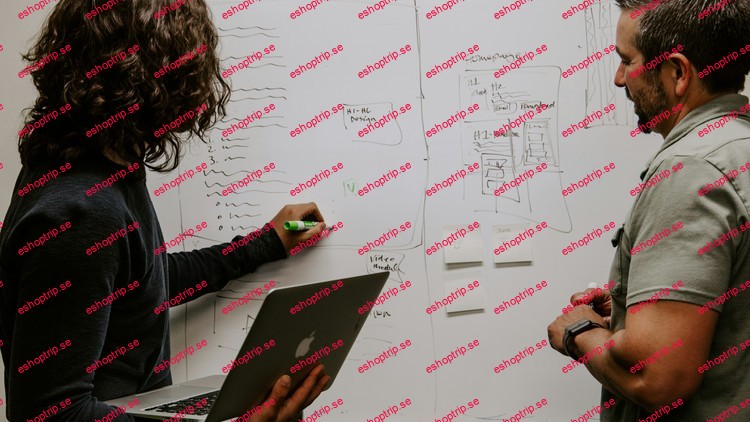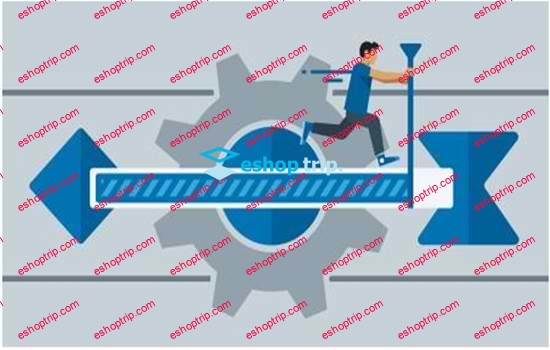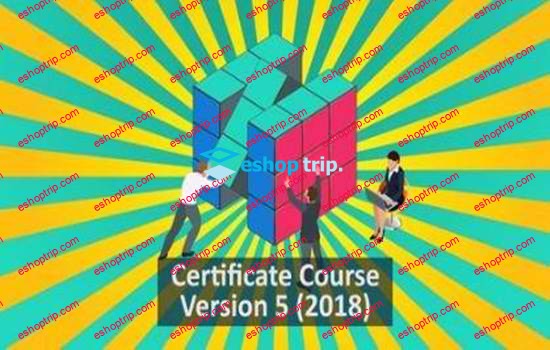Published 11/2024
MP4 | Video: h264, 1920×1080 | Audio: AAC, 44.1 KHz
Language: English | Size: 3.13 GB | Duration: 2h 50m
Identifying the Essential Skills Needs of Workplace Personnel
What you’ll learn
Describe the role of the TNA consultant
Evaluate the need for a TNA based on workplace performance hints
Explain why confidentiality is essential for everyone involved in the TNA process
Identify the nine essential “Skills for Success”
Select significant data for the writing of observations
Explain the process of writing program recommendations
Explain the TNA data analysis process
Describe the benefits of a workplace tour
Describe the role of the Project Team
Identify the roles of the various participants in the TNA process
Explain how to use NOCs when preparing focus group and INA protocols
Distinguish the difference between an INA and a TNA
Compare the updated “Skills for Success” and the original essential skills published by the Government of Canada
Requirements
There are no formal prerequisites for this course.
Description
Using a simulation model involving a fictitious toy manufacturing company, this course gives you an in-depth understanding of the process of structuring and conducting a needs assessment of workplace essential skills. The course starts with an examination of essential skills and their importance as foundational skills upon which job-specific skills can be built. You will learn about National Occupational Codes and their importance to you, as a consultant, when you are planning a workplace training needs assessment. Next, you will learn a way to determine whether a training needs assessment is needed in a particular workplace. You will then learn the roles of the project team and the consultant and the qualities the consultant needs in order to perform the tasks in a professional manner.In addition, you will learn ways to structure question protocols appropriate for focus group and individual interview data collection. The course gives you procedures to follow when conducting focus groups and interviews. You will learn processes for initial data collection, as well as procedures for transcribing, collating, and analyzing data. The course will show you how to structure the TNA report to make it useful to the project team and to help guide their decision-making in the present and into the future. You will learn the process of determining the actual training needs and how to make appropriate program recommendations by using the analyzed data and other available information sources. Finally, you will learn how to structure the final TNA report to provide the project team with the information they need to set up essential skills training programs.If you are interested in enhancing your skills as a consultant, this course may well prepare you for new opportunities. Not only will this course give you a new understanding of the essential skills training needs assessment process, it will provide you with the models and tools you need to perform training needs assessments. If you are a consultant, or if you plan to move into the consulting field, you owe it to yourself to add essential skills training needs assessment to your catalogue of skills by taking this course.
Overview
Section 1: Preliminary Considerations
Lecture 1 Introduction
Lecture 2 Terminology
Lecture 3 What are Essential Skills?
Lecture 4 Why are Essential Skills Important? Part 1
Lecture 5 Why are Essential Skills Important? Part 2
Lecture 6 Why are Essential Skills Important? Part 3
Lecture 7 Confidentiality
Section 2: Preparation to Conduct the TNA
Lecture 8 Hints of Training Needs
Lecture 9 Who Should Conduct the TNA?
Lecture 10 Stages of a Training Needs Assessment
Lecture 11 Focus Group Facilitation Skills
Section 3: Data Gathering
Lecture 12 Workplace Tour
Lecture 13 Core Statements
Lecture 14 Focus Groups (Questions)
Lecture 15 Focus Groups (Procedure)
Lecture 16 Individual Interviews (Questions)
Lecture 17 Individual Interviews (Procedure)
Lecture 18 Process Organization
Section 4: Data Analysis Part 1
Lecture 19 Data Analysis Process
Lecture 20 Individual Interview CEO’s Transcribed Notes
Lecture 21 Individual Interview CFO’s Transcribed Notes
Lecture 22 Senior Management’s Collated Tables & Observations
Lecture 23 FG1 Supervisors’ Transcribed Notes
Lecture 24 FG1 Supervisors’ Tables & Observations
Section 5: Data Analysis Part 2
Lecture 25 FG2 Union’s Tables & Observations
Lecture 26 FG3 Production Workers’ Transcribed Note
Lecture 27 FG3-7 Collated Tables & Observations
Lecture 28 Recommendations — Supervisors
Lecture 29 Recommendations — Production Workers
Section 6: Report Preparation & Presentation
Lecture 30 Report Basic Structure
Lecture 31 PLAY MAGIC Report
Lecture 32 Report Presentation
A productive workplace depends on personnel with strong job-specific skills. However, without strong essential skills, it may be difficult for workers to master those job-related skills. A training needs assessment (TNA) can identify the essential skills gaps and programs to close the gaps. By taking this course, you, as a consultant, can learn how to conduct TNAs and help workers be more proficient in their jobs.
https://anonymz.com/?https://www.udemy.com/course/workplace-training-needs-assessment/










